Optimal Timing for Water Treatments
Water treatments are essential for maintaining water quality and ensuring safe, clean water for various applications. Proper timing of treatments can optimize effectiveness and prolong system lifespan. Factors influencing the best time include seasonal changes, water usage patterns, and water quality assessments.
Water treatments are often most effective during specific seasons, such as spring and fall, when water demand fluctuates and conditions are optimal for treatment application.
Scheduling treatments during periods of low water usage minimizes disruption and enhances treatment efficacy.
Regular testing helps determine the ideal timing for treatments, especially when water quality parameters fluctuate.
Aligning treatments with planned maintenance reduces operational downtime and ensures system longevity.
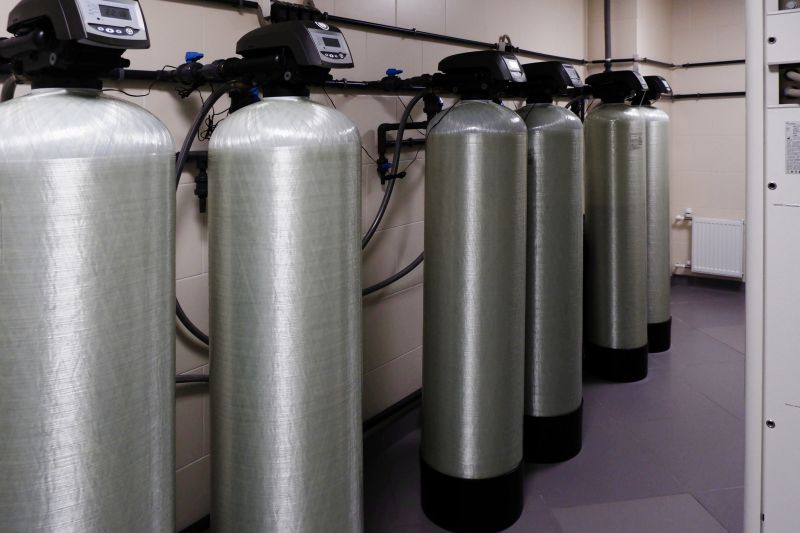
Ways to make Water Treatments work in tight or awkward layouts.

Popular materials for Water Treatments and why they hold up over time.
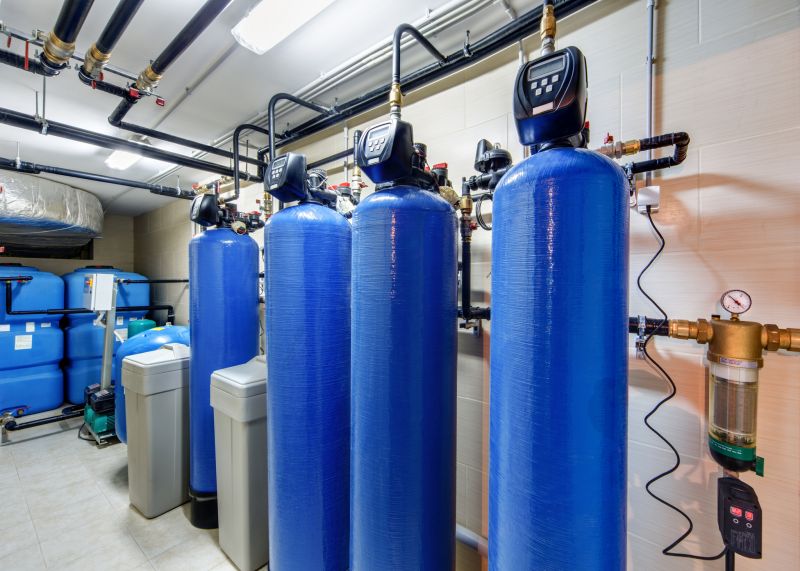
Simple add-ons that improve Water Treatments without blowing the budget.
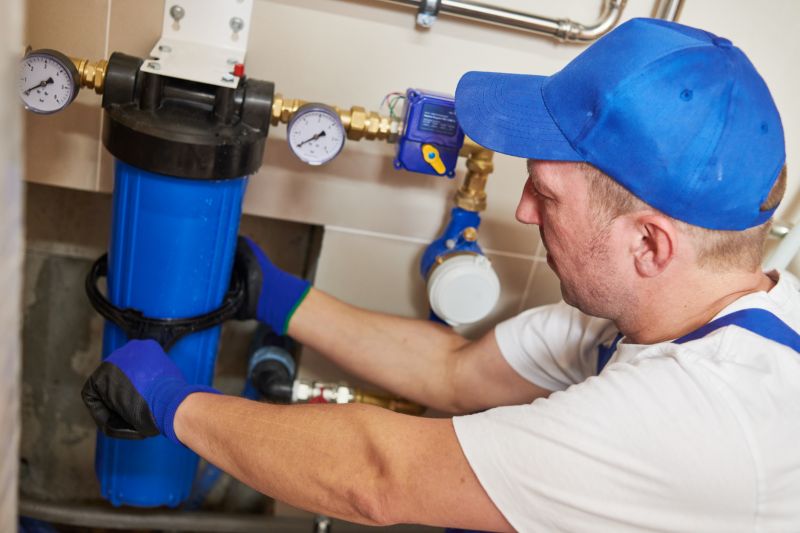
High-end options that actually feel worth it for Water Treatments.
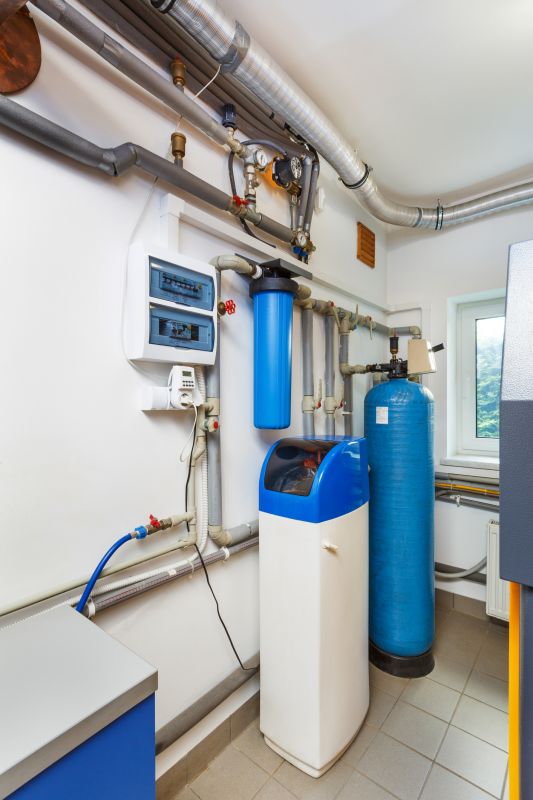
Finishes and colors that play nicely with Water Treatments.
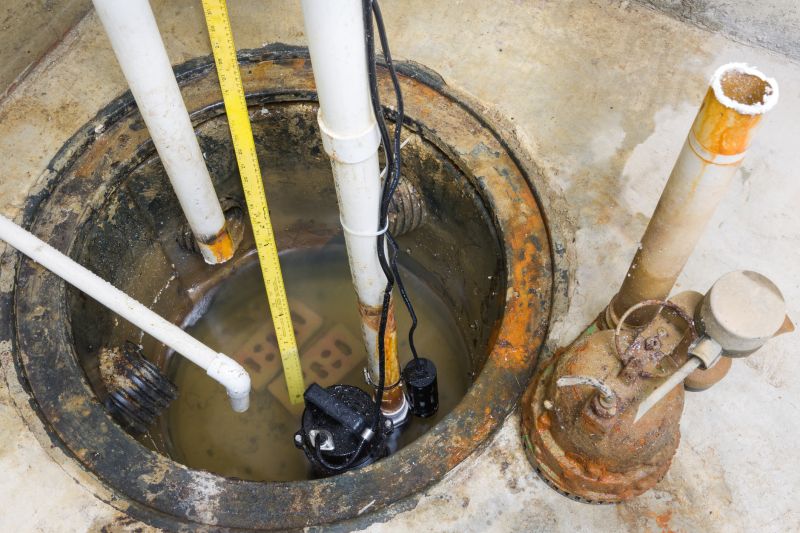
Little measurements that prevent headaches on Water Treatments day.
| Timing Factors | Details |
|---|---|
| Seasonal Changes | Spring and fall are ideal for many treatments due to moderate weather and water demand. |
| Water Demand | Low demand periods reduce operational disruptions during treatment. |
| Water Quality Fluctuations | Monitor for changes that may require immediate treatment. |
| System Maintenance Schedule | Coordinate treatments with planned maintenance to optimize system performance. |
| Weather Conditions | Avoid treatments during extreme weather like freezing temperatures or heavy rain. |
Water treatments play a critical role in ensuring water safety and quality. They involve processes such as filtration, disinfection, and chemical adjustments to remove contaminants and improve water clarity. Proper timing enhances these processes' effectiveness, reduces operational costs, and extends the lifespan of water systems.

A 60-second routine that keeps Water Treatments looking new.
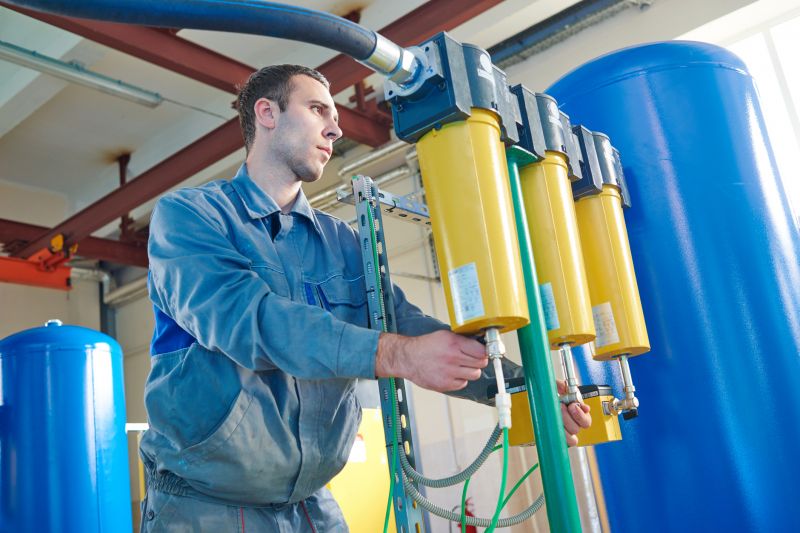
A frequent mistake in Water Treatments and how to dodge it.

Small tweaks to make Water Treatments safer and easier to use.
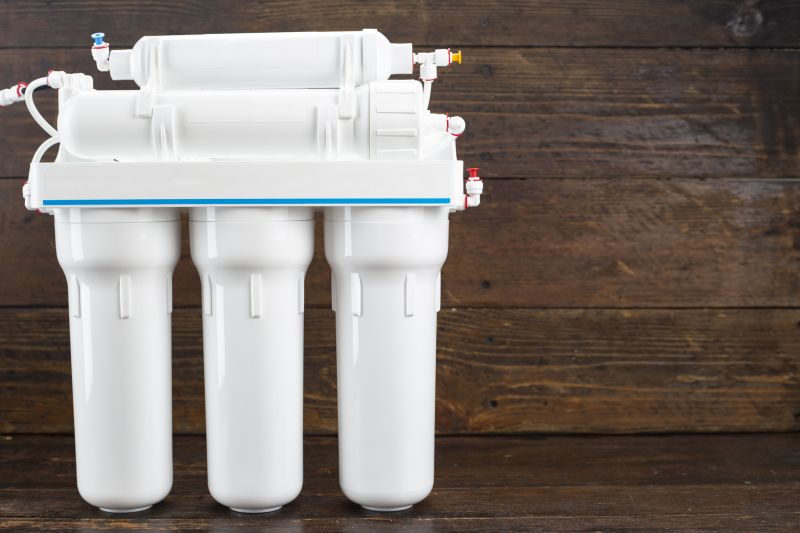
Lower-waste or water-saving choices for Water Treatments.
For those interested in scheduling water treatments, filling out the contact form provides an opportunity to discuss specific needs and optimal timing options. Properly timed treatments ensure water quality standards are consistently met and systems operate efficiently.

